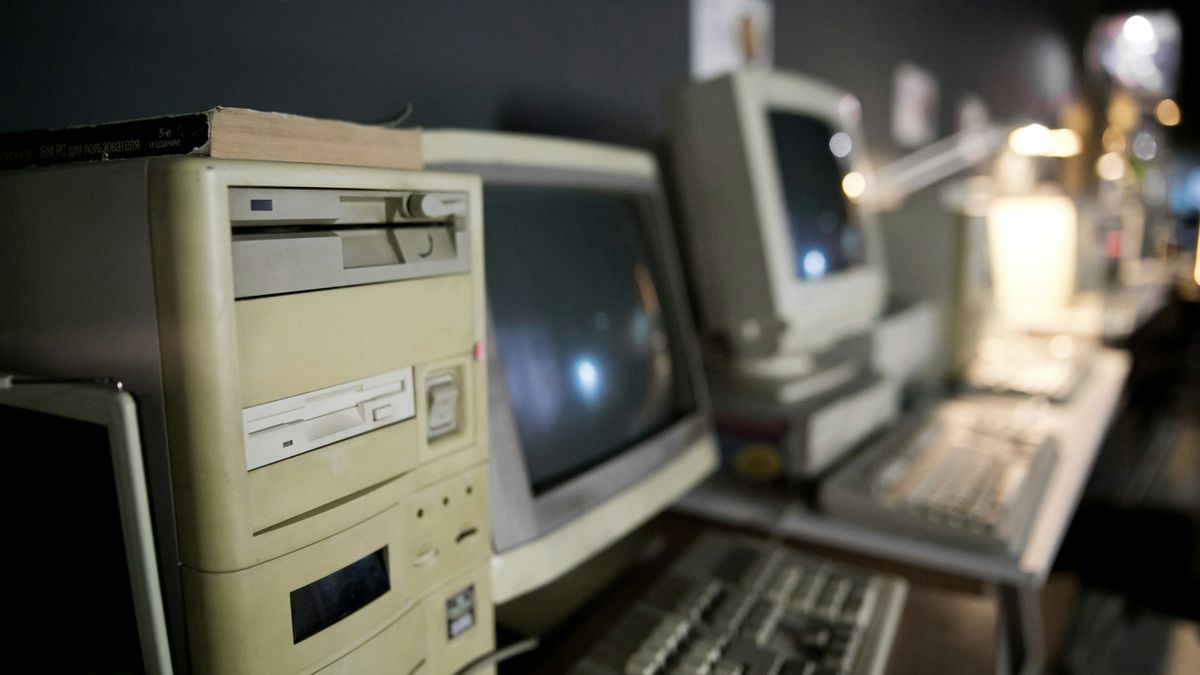Redes Sociais que Tornaram Sucesso no Ano 2000 (Orkut, MySpace entre outras)

1. ICQ (1996): This instant messaging service was created before the popularity of MSN or Facebook Messenger and revolutionized internet communication. The main focus of ICQ was exchanging messages, and it also allowed users to send files within chats. Key features included a Unique Identification Number (UIN) for identifying and adding other people, customizable sounds for notifications, and status indicators like "online," "away," "busy," and "invisible." Users could personalize the interface with various colors and integrate ICQ with an email account for new message notifications. However, as it failed to keep up with the evolution of design and technology of its competitors, it fell behind and was eventually discontinued in 2024.
2. MSN Messenger (1999): Originally a principal form of instant messaging in the early 2000s, MSN Messenger allowed users to exchange messages, create groups, and make voice and video calls using a webcam. It is also remembered for its emoticons, precursors to modern emojis, and the ability to customize each letter used with unique characters that often filled the screen. The "cutucar" feature, which made another user's chat window vibrate and stand out, is another memorable characteristic. MSN Messenger reached more than 100 million users in 2003 but declined as other messaging services gained popularity. It was officially discontinued in 2014.
3. Fotolog (2002): An early photo-sharing platform, Fotolog allowed users to create a virtual photographic diary where others could view and comment on their photos. There were two types of accounts: free and paid. The free account permitted posting only one photo per day, which became less appealing with the emergence of other photo-sharing platforms. Fotolog reached its peak between 2006 and 2009, particularly in Latin America, and had almost 23 million registered accounts at its height. Due to limitations and the popularity of other services, Fotolog was discontinued in 2016.
4. MSN (Hotmail) (1996): Initially an email service that later became associated with instant messaging, MSN played a significant role in making @hotmail.com addresses popular. The platform allowed users to exchange messages and created groups, as well as add voice and video calling capabilities using a webcam. Emoticons were also prevalent on MSN. Although it achieved more than 100 million users in 2003, it eventually fell out of favor with the rise of other messaging services. MSN was officially discontinued in 2014.
5. Fotolog (2002): An early photo-sharing platform, Fotolog allowed users to create a virtual photographic diary where others could view and comment on their photos. There were two types of accounts: free and paid. The free account permitted posting only one photo per day, which became less appealing with the emergence of other photo-sharing platforms. Fotolog reached its peak between 2006 and 2009, particularly in Latin America, and had almost 23 million registered accounts at its height. Due to limitations and the popularity of other services, Fotolog was discontinued in 2016.
In summary, these services played important roles in the early development of internet communication, instant messaging, and social media. However, they have since been replaced by more modern platforms that offer better functionality, design, and user experience.
Matéria retirada de: canaltech.com.br

Comentários
Postar um comentário